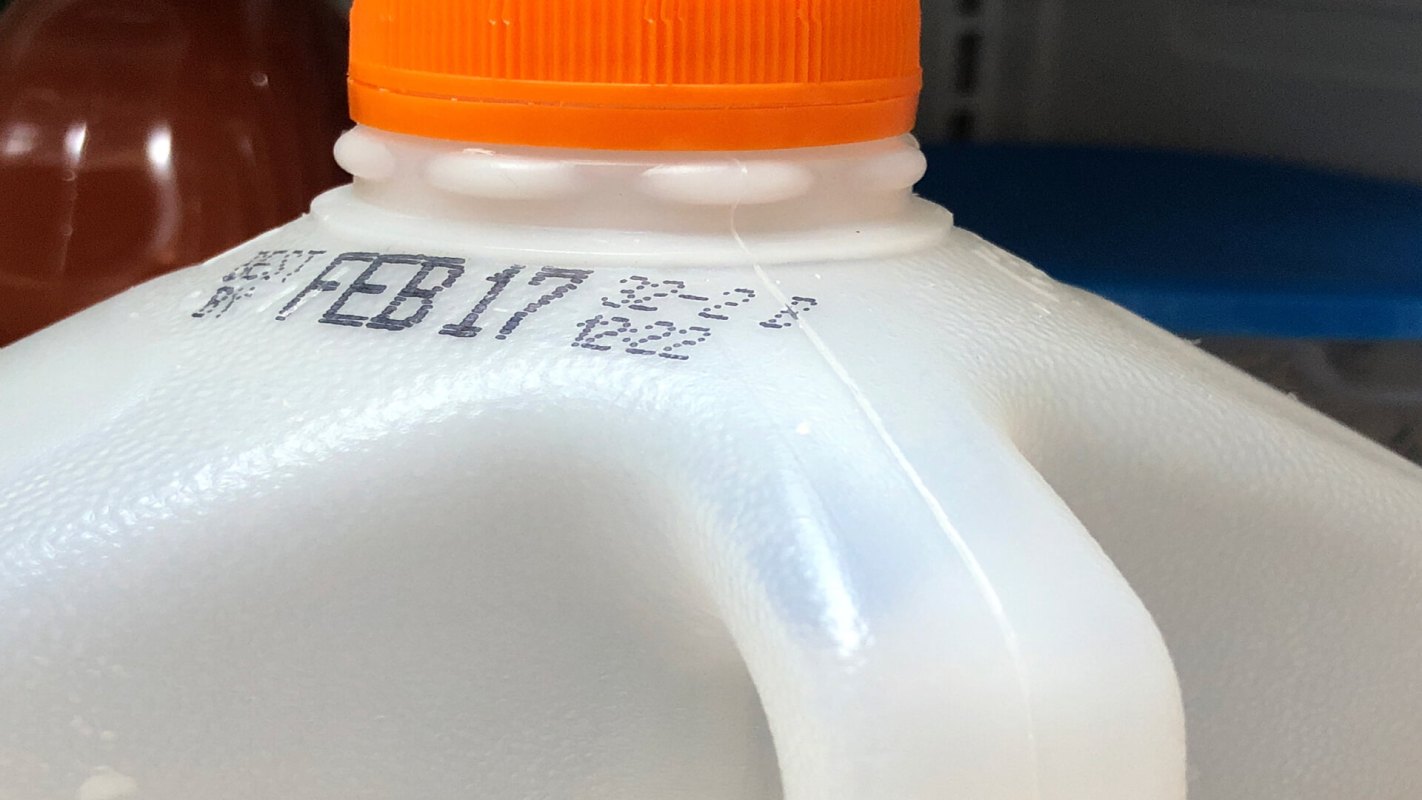Whether it was the lumpy milk scene in "Malcolm in the Middle" or a personal experience with spoiled food, any experience of food past its 'best by' date can leave a lasting impression. You hate to waste it, but you definitely do not want to eat it if it's spoiled.
So what do you do?
First, it is helpful to know that the dates you see on food packaging are quality assurance dates, meaning the food is at its best before said date. Whether food is edible is determined primarily by how it is stored, rather than dictated by its quality assurance date.
It is also important to know that those dates are not federally regulated, and a handful of states have no regulations.
The words paired with these dates are often what make it confusing to know what can be eaten and what should be thrown away, causing many consumers to toss food that's still safe to eat. So, to help save you food and money, here is a breakdown of the most common phrases in food quality assurance.
'Best By'
'Best by' dates on food indicate that a food will have the best flavor or quality before the printed date. This dating method does not indicate that the food product will be unsafe to eat past that date, nor does it indicate that stores should sell the item before that date.
'Use By'
'Use by' dates recommend the last date of peak quality for a product. This quality assurance phrase also does not indicate when a food will be unsafe to eat, except in the case of infant formula.
'Sell By'
'Sell by' dates provide retailers with the latest date that a food item should be on a shelf for sale.
One should also note that "food safety" means handling foods properly to minimize the risk of getting sick from eating a food item, while "food quality" refers to how fresh food is and how it looks, feels, and tastes.
With the exception of infant formula and some baby foods, these quality assurance dates basically estimate how long you have to eat a product while it is at its best. And quality does not equal safety, so most foods can be safely eaten past the printed date if handled and stored properly.
When does food become unsafe to eat?
Just because food can be eaten after its quality assurance date doesn't always mean it should be. "Spoilage" is the term for the decay of food that makes it less safe to eat. Other than by just looking at it (for example, if you see mold or discoloration), some signs of spoilage include abnormalities in flavor, odor, or texture.
Identifying spoilage in some foods, like canned items or eggs, can be challenging, but it is possible. For canned foods (whether canned at home or purchased), a bulging lid and spurting liquid when you open it are signs of spoilage.
Spoiled eggs can also be difficult to identify without cracking them, but you can use the float test to determine how old an egg is. In a bowl of water, if an egg sinks, it is still fresh; if the egg floats or stands on one end at the bottom of the bowl, it's rotten.
Another easy way to know if an egg is rotten is if there is a foul odor when you crack it. The most reliable method for detecting any type of food spoilage is the smell test: unpleasant odors are a sign of spoilage for most foods, in addition to canned items and eggs.
Lessening our reliance on food quality assurance dates to determine when to throw out food would save Americans some of the $218 billion in food waste each year. A reduction in food waste would drastically help the planet, too.
The EPA reports that food is the largest waste category in American landfills. The Department of Agriculture estimates that as much as 40% of food in this country goes to waste annually. Food rotting in landfills creates harmful methane gas, a pollutant that drives the warming of our planet.
Even so, the USDA reported that nearly 14 million households in the U.S. were food insecure in 2020. A better understanding of the dates on food packaging and what they mean can stop some of this desperately needed food from going to landfills. Resources like the USDA's FoodKeeper App can also help consumers navigate this confusion and better understand the importance of proper food storage rather than over-reliance on the dates on food packaging.








